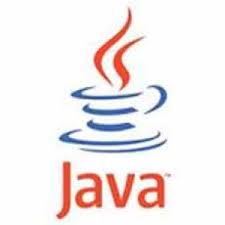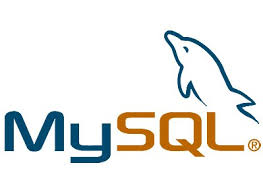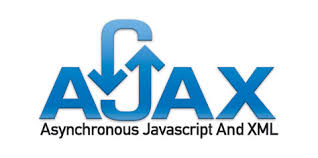
Pro InfoPath 2007 is an excellent book for developers trying to learn the scope and range of application forms that can be built with Microsoft Office InfoPath 2007. InfoPath is now in its 2nd generation and it enables the creation of rich desktop and web forms using XML technologies and allows gathering of structured, business-critical information. Together with Microsoft Windows SharePoint Server 2007, InfoPath allows built-in integration with back-end processes, databases, and work flow, and provides developers with rich tools to build enterprise-wide forms solutions.
During the development and stabilization phase of InfoPath 2007, Philo worked closely with the product team to testfeatures, provide feedback on scenarios, and to build and apply solutions for the government and public sector. He haspoured all that experience in an engaging manner into this booka great read for every developer trying to learnInfoPath.
— Kamaljit Bath, Principal Program Manager Lead, Microsoft Office InfoPath and Forms Services
InfoPath enables users to design forms and publish them for use by other users. It combines the ease of use of Access forms with the enterprise scalability of a network-based platform. Microsofts goal with InfoPath is to get form design and maintenance out of the IT shop and onto the desktop, while maintaining the power of connecting to web services or a SQL Server. Since InfoPath is wholly XML-based, it is easy to introduce it into a heterogeneous enterprise environment &emdash; via web services InfoPath can act as the interface for any back end system. InfoPath 2007, coupled with Microsoft Office SharePoint Server, adds the ability to deploy InfoPath forms in a web browser with no client side application. SharePoint and Office 2007 have leveraged InfoPath in many other ways &emdash; making InfoPath forms part of the workflow engine embedded in SharePoint, and using InfoPath forms to capture and maintain arbitrary metadata in Office documents.
Pro InfoPath 2007 was written so that developers can read it as an introduction to InfoPath 2007, as well as use it as a reference for common tasks. Targeted at developers, power users should also find a lot of value in this book to learn how to design and use forms in InfoPath.
This book will show form designers how to:
* Use InfoPath to fill in electronic forms
* Design and publish forms
* Connect to data sources to read and publish data
* Design and leverage the power of InfoPath views
* Work with SharePoint form libraries to get the most out of InfoPath form data
* Import existing Word and Excel forms into InfoPath
* Create workflows with SharePoint Designer
* Work with digital signatures
In addition, developers will learn how to:
* Create an InfoPath form template based on a data connection or web service
* Publish InfoPath form templates as content types
* Create custom task panes for InfoPath forms
* Understand SharePoint information management policies
* Write .Net code behind InfoPath forms and browser forms
* Create an add-in to extend the capabilities of InfoPath
* Create a custom workflow for SharePoint, embedding InfoPath forms for gathering information
* Build a .Net web service that InfoPath can connect to
* Use Altovas XMLSpy to work with InfoPath form templates
About the Author
Philo Janus is a senior technology specialist with Microsoft. Over the years he has presented InfoPath to thousands of users and developers, and assisted with enterprise implementations of InfoPath solutions. With that background, he is particularly sensitive to the difficulties users and developers have had with InfoPath.
He graduated from the US Naval Academy with a BSEE in 1989 to face a challenging career in the US Navy. After driving an aircraft carrier around the Pacific Ocean and a guided missile frigate through both the Suez and Panama Canals, and serving in the US Embassy in Cairo, a small altercation between his bicycle and an auto indicated a change of career (some would say that landing on his head in that accident would explain many things).
Philo's software development career started with building a training and budgeting application in Access 2.0 in 1995. Since then he's worked with Oracle, Visual Basic, SQL Server, and .NET building applications for federal agencies, commercial firms, and conglomerates. In 2003 he joined Microsoft as a technology specialist evangelizing Office as a development platform.

Download it now!



















1 comments:
Filetype : .zip
Host : Rapidshare
Download Link : Click here
Post a Comment